Destination Search
Go!
Need some help?
CITY BREAK - WHEELCHAIR ACCESSIBILITY IN MADRID
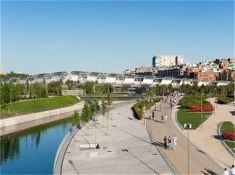
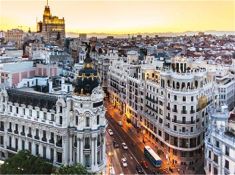
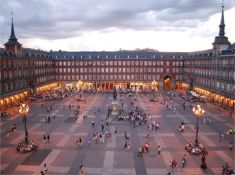
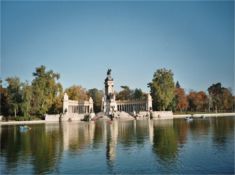

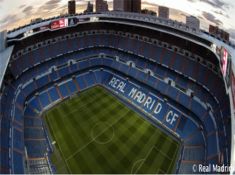
Madrid holds its charm in beautiful plazas and parks, history in its monuments and fountains and excitement in its nightlife and Real Madrid FC football matches.
Madrid is the capital and the largest city in Spain and is settled on the banks of River Manzanares. The history of Madrid can be traced back to the 9th century, when Muhammad I ordered to establish a small palace near River Manzanares which the Muslims called al-Majrit. Later the named was refined to Madrid and today it is one of the most attractive European cities. Settled in the heart of the Iberian Peninsula, Madrid is the most exhilarating cities of Spain.
Some of the most popular tourist attractions in Madrid include
- Royal Palace
- the Royal Theatre
- the Debod Temple
- the most famous boulevard, the Gran Via
- Centro de Arte REina Sofia
- Plaza Mayor
- Retiro Park
Monuments, parks and plazas are all over Madrid.
Committed to accessibility and tourism, in recent years the city has taken great strides to adapt and improve its tourism infrastructures. Activities within the tourism sector involving accessibility issues are also being carried out, such as the annual guided tour programme that has been specially developed for people with disabilities, as well as the continued adaptation and modernising of the tourist information centres.
Plaza Mayor Tourism Centre
Visitors are provided an accessible tourism guide with comprehensive information for people with a physical disability, the visually and hearing impaired about tourism resources in Madrid (accommodation, culture, restaurants, shopping, transport, etc.).
Specially Adpated Guided Tours
For users who require the service, a number of guided tours have been specially adapted to the needs of the physically or mentally disabled as well as those with a hearing impairment. Assisted by sign language interpreters and guides experienced in working with people with disabilities, these tours provide a barrier-free itinerary as well as content that is consistent with the level of participation of the group, amongst others. These tours are free of charge to people with disabilities and their companions. Simply ask for the adapted tour programme from any tourist information point.
Transport - Taxis
At Disabled Access Holidays we can arrange wheelchair accessible transfers to and from the airport.
Transport - Buses
All of the EMT(Municipal Bus Network) fleet are low-floor buses, equipped with a tilt facility and ramp for wheelchair users. There is a button on the outside of the bus for activating the access ramp and grab bars to facilitate entry and exit of the vehicle. A variety of innovative measures to facilitate universal accessibility are continually being implemented, and these applies as much to the training of personnel as to the design of bus-stops and vehicles. The following is a list of the main accessibility features:
- enlargement of the central platform to facilitate the use of wheelchairs and baby carriages
- reserved seating for people with reduced mobility
- Braille-embossed stop request buttons
- audible information messages, played on buses and
- aimed at the visually impaired, which indicate next stop and line interchanges
- audible messages, played at bus-stops, which indicate the line and destination of the approaching bus
- non-slip and non-reflecting bus floors
- specially widened bus chairs
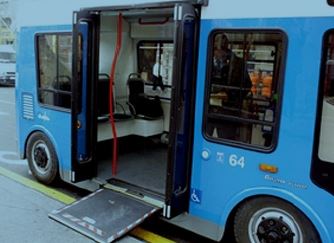
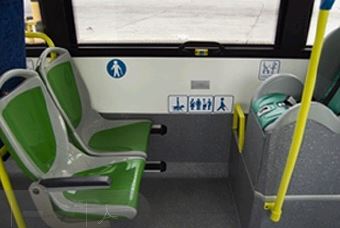
Transport - Long Distance Train
As well as with the modern high speed trains (AVE), many others are also equipped with places reserved for people with disabilities. In the case of a growing number of stations and trains, they are being refurbished to better fulfil the needs of people with disabilities. Simply request the RENFE customer care service for people with disabilities.
Transport - Madrid Suburban Train Network
Lines C3 and C4 of the Madrid Suburban Train Network (Cercanías) are equipped with modern Civia trains, with special accessibility features such as adapted access and toilets, reserved places for people with reduced mobility, as well as audio and visual notifications. The larger stations with a number of lines passing through them have also implemented specialised improvements such as guide strips along the passageways which are used to guide the visually impaired, a network of lifts, etc. especially the stations at Sol, Nuevos Ministerios, Atocha and Chamartín.